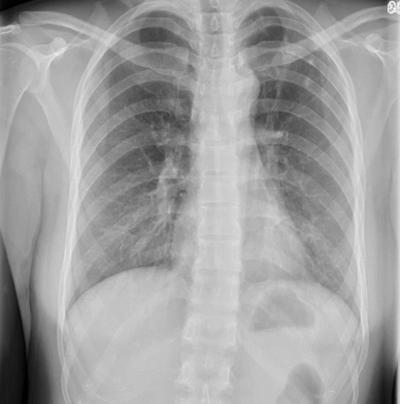Trying to do something about the global tuberculosis epidemic

The University of Southampton has marked World Tuberculosis (TB) day with the Inaugural lecture of Professor Paul Elkington, entitled “Trying to do something about the global Tuberculosis epidemic”.
World TB day is held on the anniversary of Robert Koch’s discovery of the causative bacteria, Mycobacterium tuberculosis, and raises awareness that TB kills more humans than any other infection, approximately 1.8 million people in 2017. This is over 4,000 people every day, mainly in the poorest countries. The theme of this year’s campaign is “Wanted: Leaders for a TB free world”.
During his Inaugural Lecture, Professor Elkington described his work in rural Zambia, which initiated his interest in TB, and his subsequent research career.
Professor Elkington outlined how his investigation into how TB destroys the lungs has led to the identification of entirely new diagnostic markers of infection. Working in collaboration with Professor Rob Eason and colleagues from Southampton’s Optoelectronics Research Centre, the group is developing novel multiplex tests based on laser-patterned paper-based fluidic devices that can be used for population screening. These devices can provide near-patient diagnostics similar to the use of ‘dipstick’ technology, to detect multiple pathogens from a single patient sample, whether in the clinic or in the community.
“Since I’ve been in the TB field, Malaria mortality has fallen by 50%, HIV mortality has fallen by 50% but TB is flat lining and the research is not delivering so what we really need is a near-patient test to improve our on-site capabilities,” said Professor Elkington. “The diagnostic potential and ease of use of these paper-based devices has the potential to bring TB under control in high incidence settings, bringing major health and economic benefits to the poorest parts of the world, in addition to reducing the number of imported cases to the UK.”
Early last year, Professor Elkington and research colleagues at University College London announced the development of a new 3D system to study human infection in the laboratory.
The team used an electrostatic encapsulation technique to make tiny 3D spheres within which human cells are infected with tuberculosis (TB) bacteria to generate conditions that more closely reflect events in patients. The model allows the researchers to further investigate what happens in a human body when TB develops, with a long term aim of identifying new antibiotic treatments and vaccines. The research was funded by the Medical Research Council and is published in mBio and eLife.
“We believe this is a really exciting development for the field of tuberculosis research,” Professor Elkington enthused. “The 3D sphere can be created with a collagen matrix so it is more like a human lung. This produces an environment which allows particular antibiotics that are important in treating patients to kill the infection, which they cannot do in other 2D model systems. This system will help us speed up the process of finding treatments and vaccines for human tuberculosis.”
